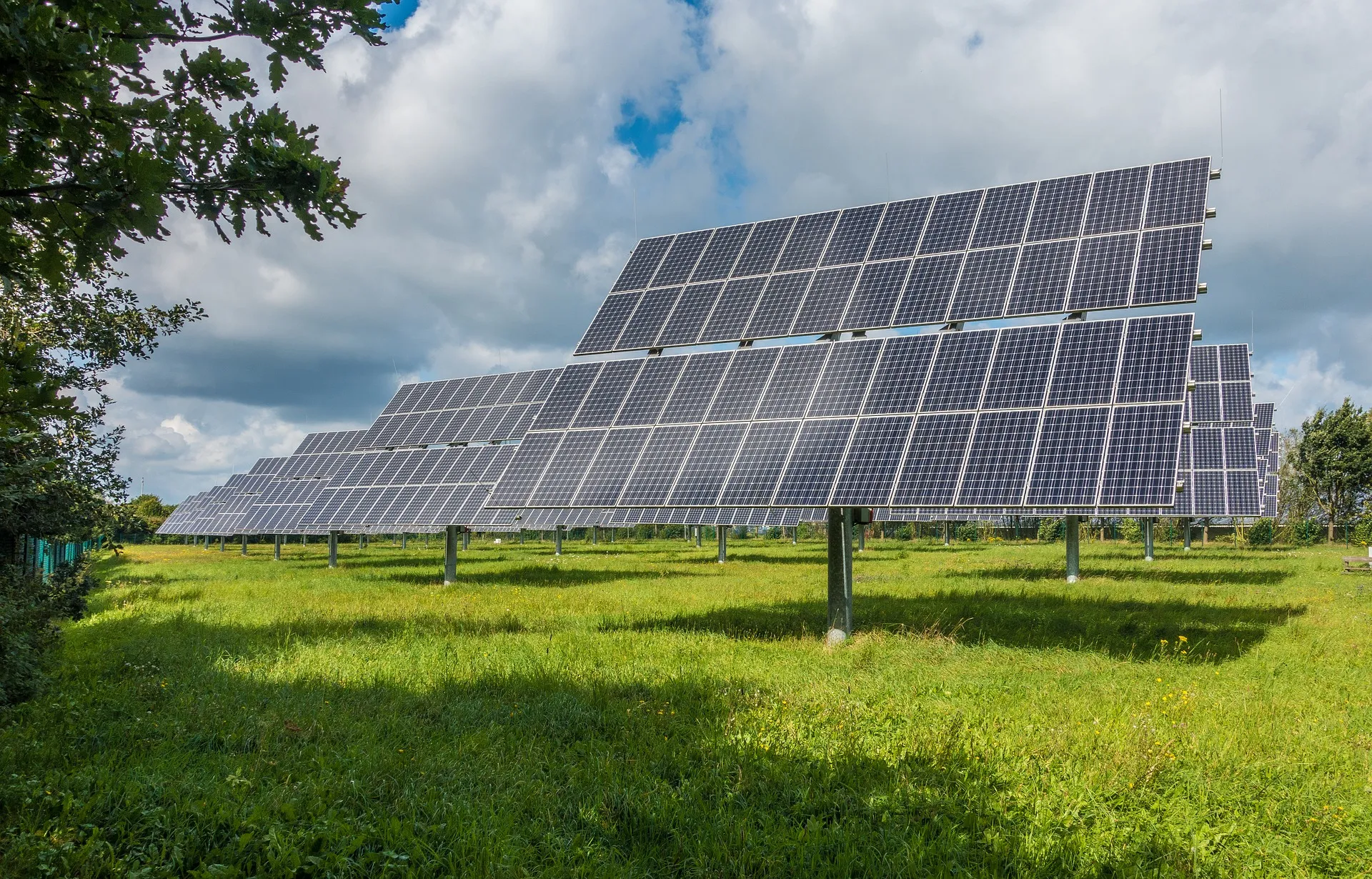
When it comes to getting the most from your solar system, timing matters. Texas weather brings everything from intense sunshine to heavy storms, all of which can impact your panels’ performance.
That’s why scheduling seasonal solar maintenance is one of the smartest ways to keep your system running efficiently year-round. A few well-timed service visits can boost energy production, protect your equipment, and extend your system’s lifespan.
Here’s when — and why — you should plan your solar maintenance in Texas.
1. Spring: The Ideal Maintenance Season
Spring is the best time of year for solar maintenance in Texas. After months of dust, pollen, and winter debris, panels are often due for a deep cleaning and inspection.
A professional spring tune-up ensures your system is clear, safe, and ready to maximize energy production heading into the high-demand summer months.
Spring maintenance checklist:
- Panel cleaning to remove pollen and grime
- Inspection of mounts, seals, and wiring
- System diagnostics to ensure top performance
2. Summer: Prepare for Peak Energy Demand
Summer means longer days and higher energy bills — but also intense Texas heat. Panels can overheat, causing a slight drop in performance if airflow is restricted.
A mid-summer maintenance check can help keep your system cool, clean, and performing at maximum capacity when you need it most.
Summer focus:
- Clearing dust buildup from dry conditions
- Checking inverter ventilation
- Confirming all connections remain tight under heat stress
3. Fall: Post-Storm System Check
After Texas’s summer storms and hail season, fall is another key time for solar maintenance. Even if your panels look fine from the ground, high winds, debris, or hail can leave behind small cracks or loosened mounts.
Scheduling a fall inspection ensures your system is storm-safe and ready for the cooler months ahead.
Fall maintenance tasks:
- Inspecting panels for damage or cracks
- Checking mounts and flashings for roof protection
- Cleaning off post-storm residue and debris
4. Winter: Light Maintenance and Monitoring
Texas winters are mild, but shorter days and lower sun angles can reduce solar output. While heavy maintenance isn’t always needed this season, it’s a good time to monitor performance and ensure your system’s inverter and electrical components are functioning properly.
If your panels are near trees, winter is also a great time for trimming to prevent shading in the spring.
5. After Major Storms or Roof Work
No matter the season, it’s crucial to schedule maintenance after severe weather or roofing projects. Strong winds, hail, or roof replacements can affect wiring, mounts, or seals.
A post-event inspection ensures your panels and roof remain watertight and fully functional.
6. Why Regular Timing Matters
Solar maintenance isn’t just about cleaning — it’s about consistency. Scheduling service at the right times each year helps:
- Maintain system efficiency
- Prevent unexpected failures
- Keep warranties valid
- Protect your roof and wiring
7. Customized Maintenance for Your Home
Not every Texas homeowner has the same solar setup. If you live in a rural area with more dust or near trees that shed heavily, you may need more frequent cleanings. A solar professional can help design a maintenance schedule based on your location and system type.














